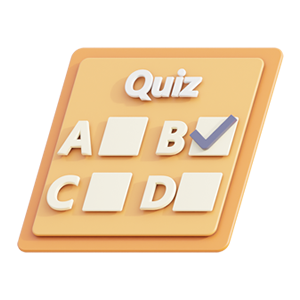Clinical psychology - Psychodynamic Psychotherapy Summary
This is a summary of Psychodynamic Psychotherapy, often studied and applied to clinical psychology. This summary has been made using the works of the following:
Cortina, M. (2010). The future of psychodynamic psychotherapy. Psychiatry, 73(1), 43-56.
Long, C. (2002). Psychoanalytic community psychology: Crossing worlds or worlds apart? In L.Swartz, K.Gibson, & T.Gelman (Eds.), Reflective Practice: Psychodynamic ideas in the community (pp. 113-124). Cape Town, South Africa: HSRC Publishers.
It draws on these mentioned academics as well as various theories from Sigmund Freud (structure of personality, defence mechanisms, attachment styles, etc)
Preview document (1 of 9 pages)
Knoowy benefits
$ 4,25
 Money back guarantee
Money back guarantee
 Documents can be downloaded immediately
Documents can be downloaded immediately
 $0.50 discount when paying with balance
$0.50 discount when paying with balance
-
 Receive free quiz questions with document
Receive free quiz questions with document

Specifications
- Subject: Clinical Psychology
- All documents for this course ›
- Course code: PSY3011S
- Year of study: 2017
- ISBN: N/A
- Chapters: 73(1), 43-56.
- Edition: 1st
Document
- Section: Summaries
- Updated on: 04-25-2020
- Made on: 04-14-2020
- Type: .pdf
- Pages: 9
- Language: English
Tags
Seller
Hi there!
My name is Naomi, I am 22 years old. I have a Bachelor of Social Sciences degree majoring in Psychology and Organisational/Industrial Psychology as well as a Honours degree in Organisational/Industrial Psychology.
I hope my notes help you as much as they helped me! :)
Earn from your summaries?
 Deal: get 10% off when you purchase 3 or more items!
Deal: get 10% off when you purchase 3 or more items!
Deal: get 10% off when you purchase 3 or more items!








